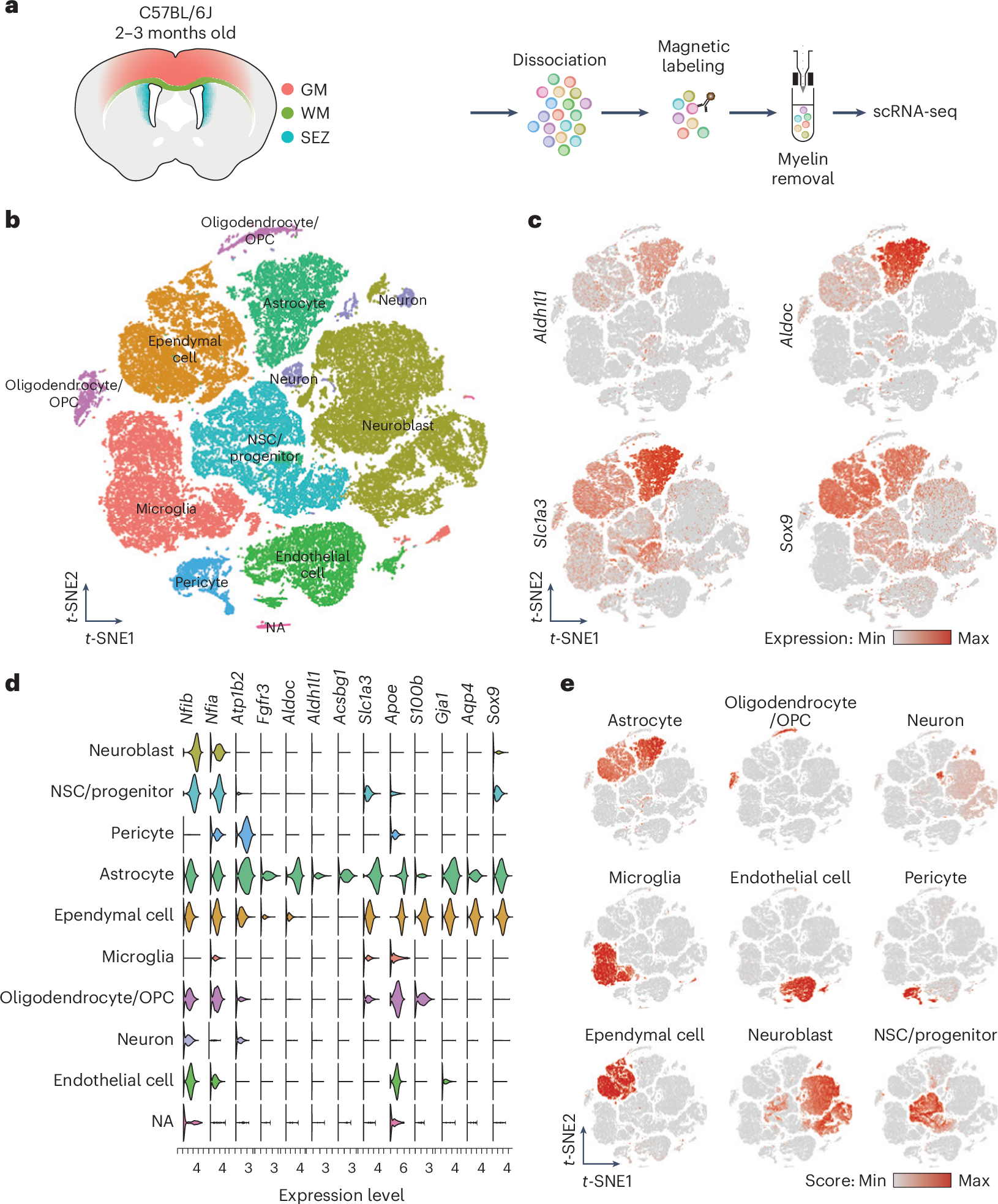2025-02-24 ブラウン大学
<関連情報>
- https://www.brown.edu/news/2025-02-24/working-memory
- https://elifesciences.org/reviewed-preprints/97894
適応的チャンキングにより、前頭前野と大脳基底核の回路における有効ワーキングメモリ容量が改善される Adaptive chunking improves effective working memory capacity in a prefrontal cortex and basal ganglia circuit
Aneri V Soni ,Michael J Frank
eLife Published:February 3, 2025
DOI:https://doi.org/10.7554/eLife.97894.2

Abstract
How and why is working memory (WM) capacity limited? Traditional cognitive accounts focus either on limitations on the number or items that can be stored (slots models), or loss of precision with increasing load (resource models). Here we show that a neural network model of prefrontal cortex and basal ganglia can learn to reuse the same prefrontal populations to store multiple items, leading to resource-like constraints within a slot-like system, and inducing a trade-off between quantity and precision of information. Such “chunking” strategies are adapted as a function of reinforcement learning and WM task demands, mimicking human performance and normative models. Moreover, adaptive performance requires a dynamic range of dopaminergic signals to adjust striatal gating policies, providing a new interpretation of WM difficulties in patient populations such as Parkinson’s disease, ADHD and schizophrenia. These simulations also suggest a computational rather than anatomical limit to WM capacity.


